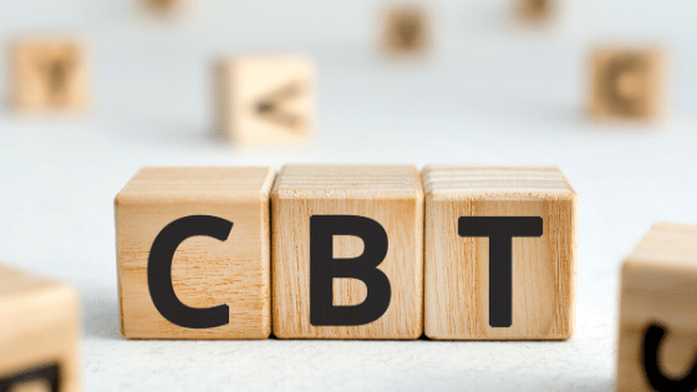 Are you tired of feeling like you can’t cope with your debilitating anxiety? Do your racing thoughts, panic attacks, or phobias impact your daily functioning? Anxiety disorders impact people all around the world. Anxiety doesn’t discriminate, and, if untreated, the problems can bleed into every area of your life. Therapy can help you dismantle and unpack your anxiety symptoms. However, not all types of treatment are the same! Seeking Cognitive Behavioral Therapy (CBT) for anxiety allows you to address your symptoms directly - and it provides you with viable solutions for change. Let’s get into what else you need to know. Understanding CBT For AnxietyCognitive-behavioral therapy (CBT) is a well-known, evidence-based modality that can treat many mental illnesses. The theory assumes a close relationship between your thought patterns, feelings, and behaviors. By challenging your thoughts and examining your coping skills, you can learn healthier ways to manage your anxiety. CBT is direct and collaborative. It assumes that you (like many) struggle with the following cognitive distortions:
These distortions can wreak havoc on how you perceive yourself, others, and the world around you. That said, if you learn to challenge them, you can learn how to adopt a healthier framework for your thinking. The Cognitive Behavioral Therapy ProcessIn treating and overcoming anxiety, therapists employ a variety of different techniques to approach and improve your symptoms. All of these techniques are designed to help you deepen insight into your thought and behavioral patterns. 1. Cognitive Restructuring Cognitive restructuring helps you identify how dysfunctional thought patterns (or automatic thoughts) impact your feelings and behaviors. By reframing and even dismantling these thoughts, you can start to create different belief systems. Your therapist will help you learn how to examine evidence and challenge your faulty, core beliefs. 2. Relaxation Training We carry stress and anxiety in our bodies. This tension drags on us, weighs on us, and can bring forth a magnitude of emotional and physical ailments. CBT for anxiety often focuses on building healthy relaxation skills such as:
3. Pleasant Activity Scheduling When you’re anxious, it’s hard to feel excited or present in daily activities. You may prolong taking care of yourself because you’re feeling so negatively. However, there can be something inherently compelling about writing down your intentions. Pleasant activity scheduling encourages people to identify the positive activities they want to engage in each week. You will write down these activities, and you will be prompted to follow through with doing them! 4. Social Skills Training Anxiety can turn ordinary social situations into absolute nightmares. You may second-guess what you say; you may be hyper-attuned to how the other person responds. Likewise, you believe you can’t maintain a significant conversation with someone else. Social skills training may include communication or assertiveness work. This training may entail direct education, modeling, and engaging in role-plays. Through these exercises, you will improve your confidence and capacity for engaging in healthy social interactions. 5. Thought Records Many CBT practitioners use thought records to help clients create a roadmap for their unhelpful thoughts. These worksheets have you identify your:
|
AuthorAs a therapist, Jorie Miklos enjoys helping people reach a level of personal happiness and satisfaction that they didn’t think was possible. Archives
January 2023
Categories |
|
© COPYRIGHT 2020. ALL RIGHTS RESERVED.
|
MENU
|
MENTAL HEALTH CRISIS LINES
If you need immediate help, call 911 or one of the crisis numbers below:
Crisis Line: 312-563-0445 Suicide Hotline: 1-800-273-8255 |
CONTACT
Jorie Miklos, MA, LCPC
Autumn Leaf Counseling 5757 S. Madison St. Hinsdale, IL 60521 630-228-6011 [email protected] |




 RSS Feed
RSS Feed
